You’ve probably considered seeking psychological help. “I’m a man but I like feminine things. Why? Is this normal? Do I have to accept myself or “cure” this?”
We tend to naturally like some things and dislike others. Environmental aspects can also develop preferences or strongly influence us – like a trigger.
In childhood, a boy who lives with his mother and sisters and does not have a father figure present may have a greater tendency to be attracted to the feminine side. For example: having more feminine behaviors or being more curious to try something of the opposite sex.
Another boy might notice a stray pair of panties is more attractive—whether it’s the fabric or the pattern than his drab underwear. He may try on such panties and simply enjoy the experience. Another example is finding a princess dress to be much more attractive than a male superhero costume.
Another boy may might be pushed into crossdressing out of his will—like an older sister who dresses him as a girl for fun or his mother who puts him in a dress for a costume party or other event. Once they have contact with this experience, they may come to enjoy doing it and feel the desire to repeat it.
In adolescence, the process of growth and puberty, from hormones to the appearance of hair and breasts, enhances the difference between boys and girls.
A boy who notices girls at school starting to wear bras might be curious and want to try one on.
The boy tries on the bra and likes the feeling of wearing one. Perhaps, too, he feels a sexual stimulus – remember that in adolescence hormones skyrocket.
If he likes the experience, he will tend to repeat it. He will want to have his own bras and adopt them in his daily life.
In adult life, a man who is not satisfied with his masculine personality – such as having little muscle or not being successful with women – may try to compensate for this in other ways.
He will be able to develop a feminine personality by dressing like a woman.
Aside from a possible sexual pleasure, he may enjoy the feeling of wearing lingerie, a dress, makeup, and a wig. He can look in the mirror and feel that his female presentation is truer than his male self. This could raise his self-esteem and help to overcome his need to compensate for the frustration caused by the failures on the male side.
If you are – or are thinking of becoming – an artist, you might develop an opposite-sex persona through crossdressing. If you like Womanless, you can become a reference in this segment. The internet can help you become an influencer through crossdressing: something that can be very productive, interesting, fun… and profitable.
There is a downside to this bias: Unless you identify as a transgender person, your feminine side will never replace your masculine one. You can explore your feminine persona, but that doesn’t stop you from developing as a man. You will not be able to be a woman 24 hours a day, nor will you be able to escape your masculine obligations at home and at work. Balance is the secret.
Many crossdressers reject the sexual component of this practice as others find sexual pleasure in crossdressing; it is essential to understand this. In some instances, you may develop a harmful compulsion, not having control over your desires, and even potentially expose yourself to dangerous situations. This could become unhealthy and require professional help.
Another positive point is learning skills that may become useful. Learning more about women’s clothing can help you in a loving relationship. Situations such as choosing clothes as a gift for a girlfriend or learning about makeup could allow you to work as a makeup artist. Crossdressing can develop your empathy with the opposite sex: perhaps the time your wife takes to get ready is not as time-consuming as you once thought.
Crossdressing can also combat stress: if you enjoy doing it, it can relax and give you pleasure – I don’t mean sexual pleasure, but the pleasure of doing something you enjoy. It may even serve as an escape when practiced in a healthy way
If you still don’t know why you like to dress as a woman, look for those elements in your life that could justify or support this preference. Therapy – or even self-therapy and self-knowledge – can be key.
Some questions you can ask yourself: 1) Have I always liked women’s clothing? 2) I was influenced by the environment or other people. 3) Do I think women’s clothes are more beautiful than men’s? 4) Do I feel sexual pleasure when dressing like a woman? Only that? 5) Do I use crossdressing to compensate for social, physical, and other failures on my male side? 6) What have I learned, or can I learn from crossdressing? 7) Can I be successful by dressing like a woman? 8) Is my crossdressing healthy? 9) Do I feel shame, guilt, or remorse when I crossdress? 10) Did the lack of a male figure in childhood influence me?
Having answers to these and other questions is essential for the healthy practice of crossdressing. Unhealthy crossdressing will lead to impulses, guilt, regrets, regrets, and other social, physical, emotional, and financial losses.
– Have you ever wondered why you like to dress like a woman?
– Do you believe you were influenced in childhood or adolescence?
– Have you ever had any kind of therapy to find out more about it?
More Articles by Marie Claire
- Neutral Crossdressing: An Alternative
- Can Sports Bra Help Crossdressing?
- A fear that not only you feel!
- QUIZ: Do you like bras?
- Mindfulness and Crossdressing: Relax and feel the present
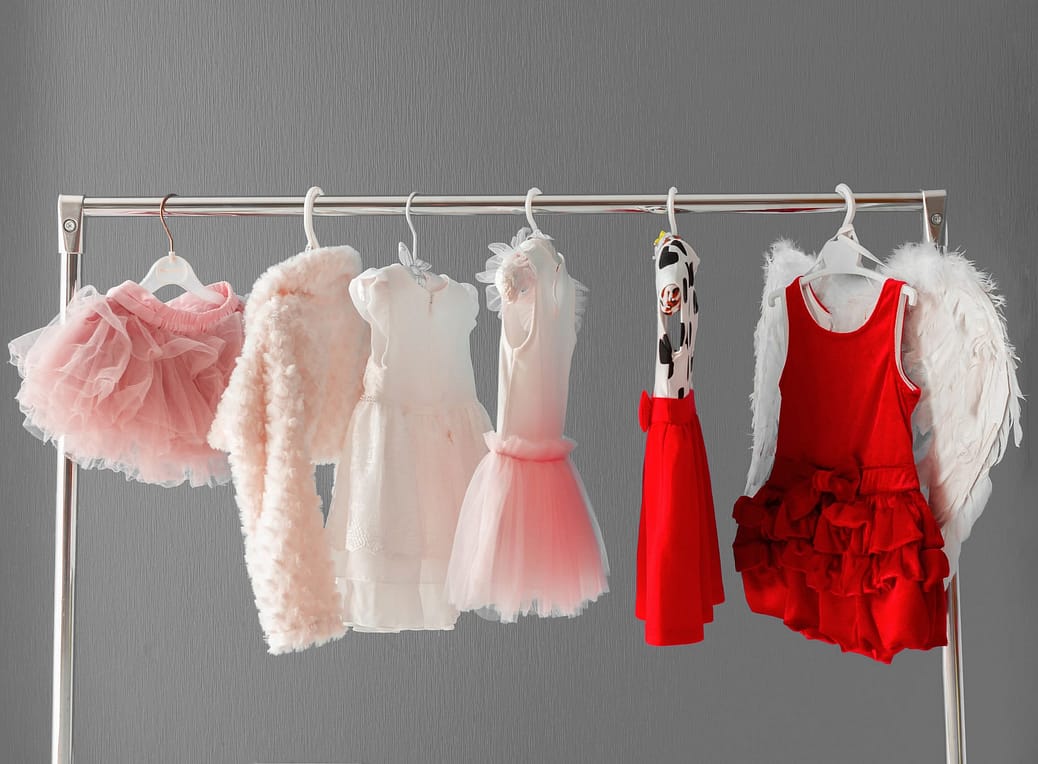





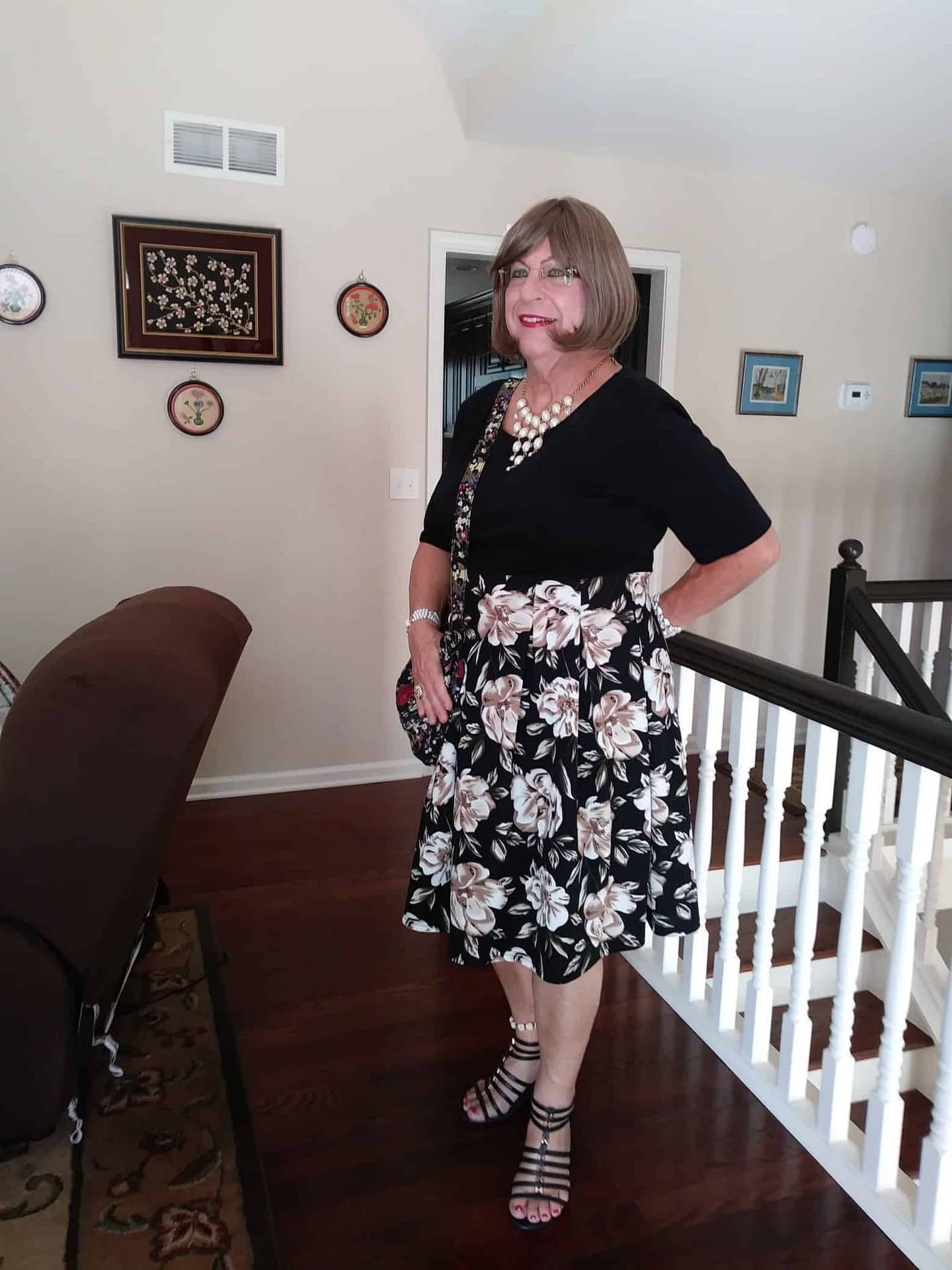
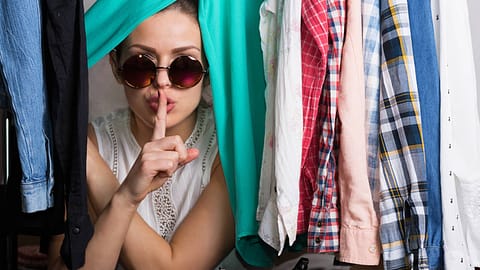
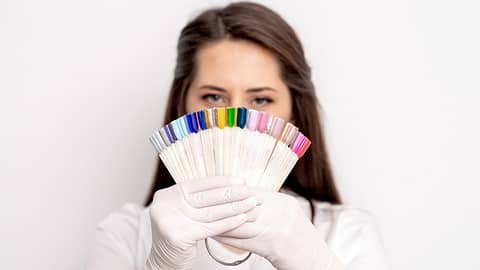
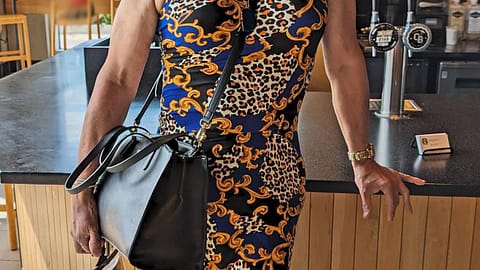
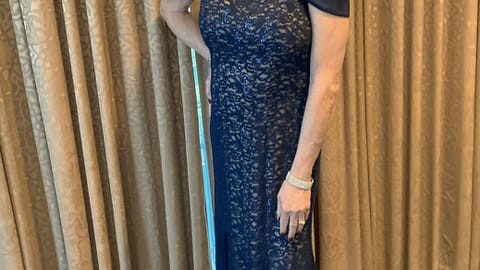
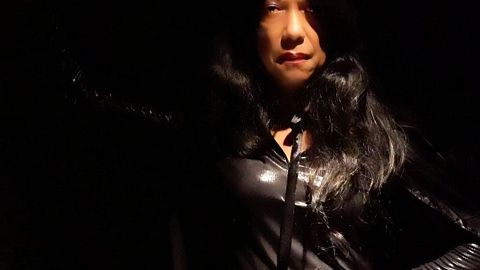

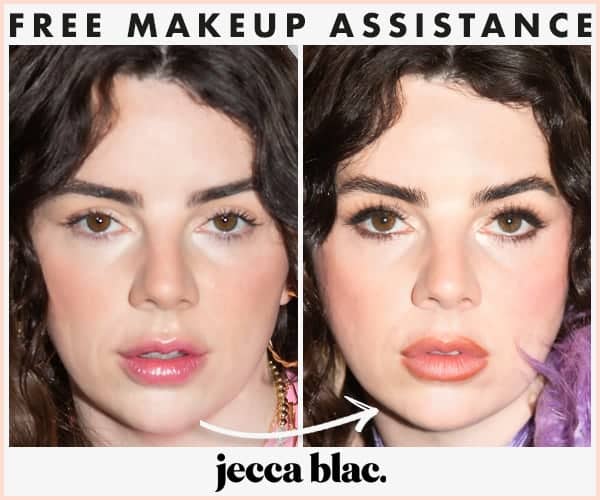
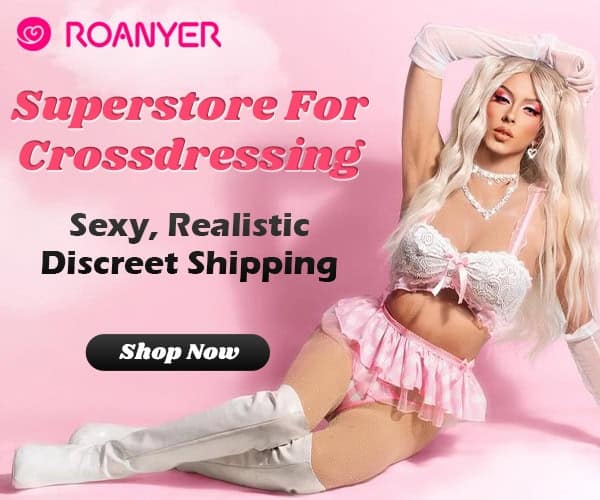
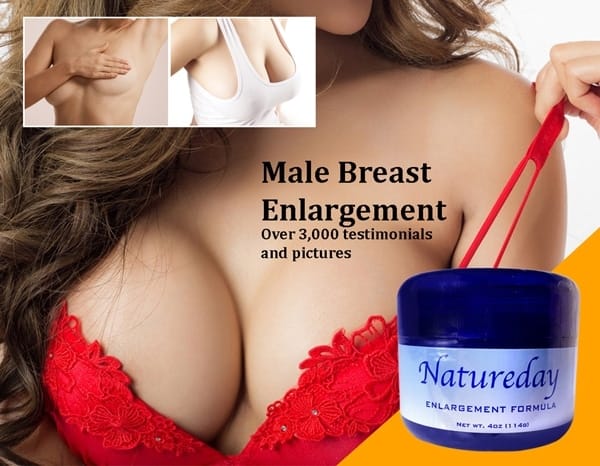
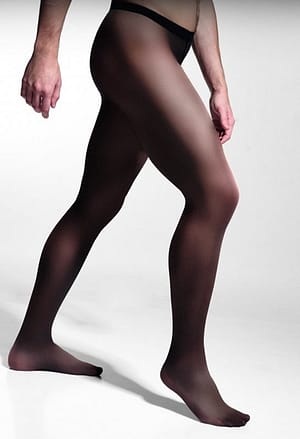

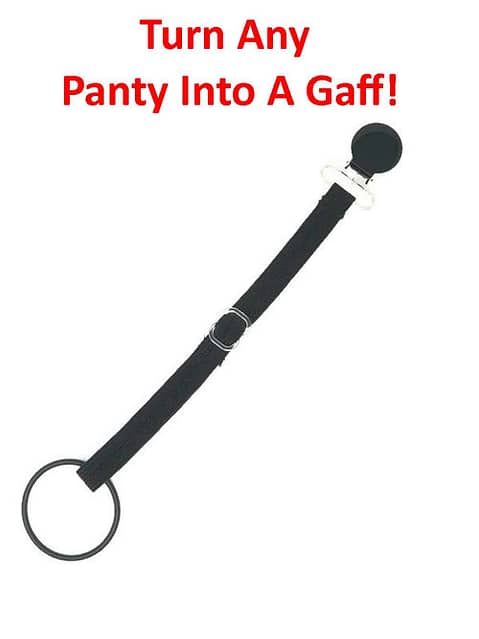
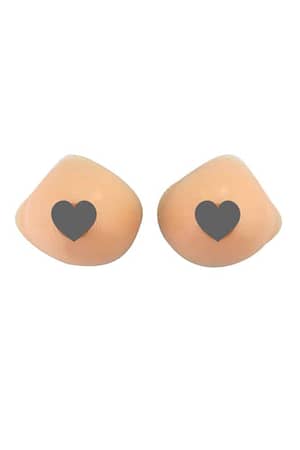
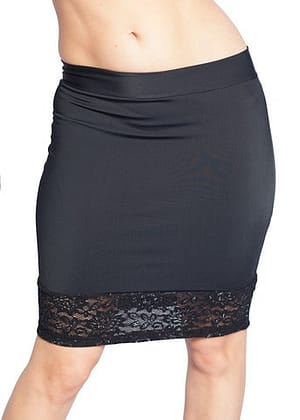



I started cross dressing when I was a young boy. I remember putting on one of my sisters dresses and hiding in the closet so my parents or brothers would see me. I would play dress up with my sister putting on my moms clothes. My mom had this black pair of lace panties that I just fell in love with. I would sneak them and one of her slips and wear them. I just Loved the way they felt against my skin. As I grew older I felt guilt and shame. I tried to quit many times but always… Read more »
Congratulations on having a family that supports you!
Thanks Marie for your useful and informative article. I have searched about me as a CD. However I think I need to learn more about me. I should know myself as once Socrates said. Could you please help me to develop my knowledge about CD? Could you introduce any useful book or other resources about the psychology of CD?
Love xxx
Jasmina
Thank you also!
It’s hard to find serious literature on this, it’s infested with erotic tales and “discipline".
@Marie Claire There’s fortunately enough volumes on the subject to fill several bookshelves. Some suggestions are given below. A few of these books might be very difficult to find and/or expensive. You might want to Google Anna’s Archive (it didn’t come from me 😉 ) and there’s always the Internet Archive. Understanding Crossdressing (Virginia Prince) Man-made Woman: The Dialectics of Cross-dressing (Ciara Cremin) Crossdressing in Context (GG Bolich) Vol 1: Dress and Gender Vol 2: Today’s Transgender Realities Vol 3: Transgender History & Geography Vol 4: Transgender & Religion Cross Dressing, Sex and Gender (Vern & Bonnie Bullough)… Read more »
@Veronica Vallys Thank you!
@Marie Claire As far as I can tell, only this question is of any real relevance, to me.
Do I think women’s clothes are more beautiful than men’s?
Yes, of course. Is that why I crossdress? I have no idea, for sure.
@Harriette find women’s clothes so much more comfortable than male attire. They also feel and look so much nicer on as well and I can relax when dressed en femme
Crossdressing is too new to me for me to be certain about why I dress and I am not sure that I need to know. Foundation garments are not necessarily comfortable, but I use them to create an illusion – the pain of pleasure. The feeling of tight outer clothes is totally new and sensational to me. I love it! If only I experienced that a long time ago, but I also love the feeling and look coming from wearing loose dresses and skirts, too.
Yes, women’s clothes are more beautiful than men’s!!!
@Marie Claire Hi Marie Claire I had an epiphany a few years back. yes I had all the shame, the guilt, the fear, went through the therapy, the questioning why?why?why? A good friend just cut through all the bull$?!% and said ‘Why not?’ This is the real question. Not why? But why not? Since the beginning of civilisation we have been told how to dress, how to act, societal gender rules and norms, which evolve depending on the culture we are born into, our religion, our environment etc. So we choose not to conform. I am me, choosing my own path, not… Read more »
Apparently, I haven’t been desired by the opposite sex for quite a few decades.
Fabulous Harriette!
The majority of stories about partners on this site seem to range from grudging acceptance to outright hostility via
‘I know about what you do but I don’t want to see it!’
Glad you have found true acceptance and desirability of your true self from your partner.
B x
@Bianca Everdene We are not anywhere near acceptance yet. Begrudging tolerance? OK, I will accept that.
@Bianca Everdene Spot on! I think you nailed many things I’ve been thinking about on this topic. It’s down to social conditioning and shaming those who refuse to tie the line. I excuse your rant if you’ll excuse mine. When things don’t flow smoothly in this world, our social engineers (who ever they are in your life), send in experts who pathologize those who don’t fit in to the plan. Don’t like working on an assembly line? You are depressed! It’s your problem. Here are some pills to make you feel better. I second everything you wrote Bianca and I… Read more »
Your comment greatly enriched the debate. Thanks!
I tend to see the"why?" question in the general sense of why does anyone like anything? Why do some people like football and some people like ballroom dancing, some people like motorbikes and some pedal cycles? Its presumably a complex mix of social factors for which there is no easy or obvious answer. I also see that the end result could be the product of many drivers, to use an analogy you might have a cough for a number of reasons. Similarly people might end up wearing make up or non-conventional clothing for a wide variety of reasons but from… Read more »
The problem is that liking football is not a taboo like liking wearing women’s clothes…
Interesting topic. I’ve been asking myself the question for a long time; what when women’s clothing were not seen as such, but it was normal clothing for everyone. How exciting would I find it to dress up in a dress? I’ll admit, I get a kick out of doing something ‘weird’ in private. But I also like the graceful feminine appearance of women’s clothes. Even if it’s just jeans and a turtleneck I wear, I still feel like a crossdresser. But then, I like the casual look. At times it’s only lipstick and long hair that makes me a crossdresser 😀
Good!
Hi all, I’m a 65 year old cross dresser, I’ve been cross dressing since my mid twenties
I’ve just read your article ‘The psychology of cross dressing, I don’t know why I cross dress but I do enjoy it and my wife supports me
Do I need therapy to find out why I cross dress?
This is sort of a rhetorical question
love
Barbara
I’m glad you have a supportive wife.
Therapy can help you deal better with some issues.
@Marie Claire Psychologists have a name for my condition. It’s called autogynephilia, meaning a male’s tendency to become sexually aroused by the idea of himself as a woman. The term comes from Greek words that mean “love of oneself as a woman". American-Canadian sexologist Ray Blanchard coined the term and used it in a series of academic papers in the 1980s and 1990s to describe “the full gamut of erotically arousing cross-gender behaviors and fantasies". Blanchard’s typology also states that autogynephilic transsexuals are attracted to femininity, while homosexual transsexuals are attracted to masculinity.
So interesting!
Without getting into a lot of psychological BS, I just think womens clothes are just so much nicer to wear than mens. Who wouldn’t love the feel of nylons on freshly shaved legs? I don’t see why women should have all the fun.
@Kerri Smith I feel the same. I’ll add to it, that I enjoy doing my makeup and trying to look the best that I can.
Makeup is a work in progress for me
I think makeup should always be a work in progress. There are always new ideas, colours and products to try
I prefer fem clothes too!
I don’t leave home without panties and a bra & nylons. And my forms.
Exactly how I feel ❤️💋